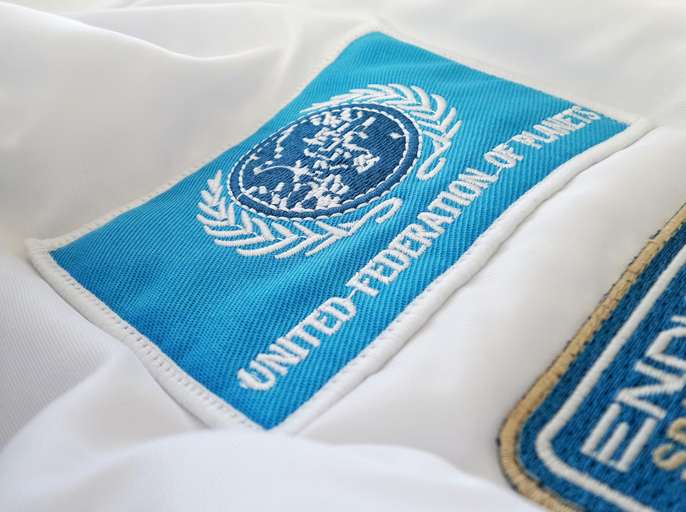Embroidered patches have a rich and storied history that dates back centuries. From their humble beginnings as functional embellishments to their evolution into symbols of identity and expression as presented by patchoz.com/ca, embroidered patches have played a significant role in human culture and fashion. In this exploration, we’ll delve into the origins of embroidered patches, tracing their journey from ancient civilizations to modern-day fashion statements.
Ancient Origins
The art of embroidery can be traced back to ancient civilizations such as Egypt, China, and India, where intricate stitching techniques were used to adorn clothing, accessories, and textiles. Embroidery served both decorative and functional purposes, with patterns and motifs often symbolizing cultural beliefs, social status, or religious significance. Early embroidered patches were created using simple materials such as thread, needle, and fabric, yet they showcased remarkable craftsmanship and attention to detail.
Medieval Europe
During the Middle Ages, embroidered patches gained popularity in Europe as symbols of nobility and heraldry. Knights and nobles adorned their garments and coats of arms with embroidered patches featuring family crests, emblems, and insignias. These patches not only served as decorative embellishments but also conveyed lineage, allegiance, and social standing. Embroidered patches became synonymous with prestige and honor, representing the wearer’s noble heritage and chivalric virtues.
Military and Uniforms

The use of embroidered patches in military uniforms can be traced back to ancient armies, where patches were used to identify units, ranks, and affiliations. In modern times, embroidered patches became standard components of military uniforms, serving as insignias, badges, and morale-boosting symbols. Patches were often awarded for acts of bravery, service, or achievement, becoming cherished mementos and symbols of camaraderie among soldiers.
Pop Culture and Fashion
In the 20th century, embroidered patches experienced a resurgence in popularity thanks to their association with youth culture, rebellion, and self-expression. Pioneered by subcultures such as bikers, punks, and hippies, embroidered patches became symbols of individuality and countercultural identity. Patches adorned denim jackets, jeans, and backpacks, serving as badges of honor for those who embraced non-conformity and creative expression.
Modern-Day Revival

Today, embroidered patches continue to captivate fashion enthusiasts, designers, and collectors alike. From high-fashion runways to streetwear brands, embroidered patches have found their place in contemporary fashion as versatile accessories that bridge the gap between tradition and innovation. With advancements in technology and design, embroidered patches are now more accessible and customizable than ever, allowing individuals to create personalized pieces that reflect their unique style and personality.

